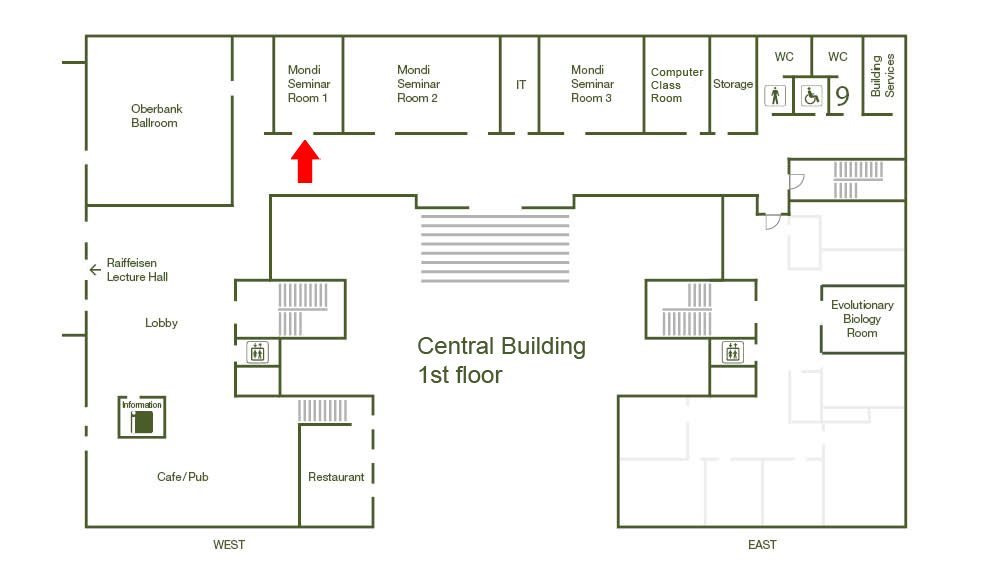Thesis Defense: Scale-free activity as a basis for spatial learning and memory in the brain

A major challenge in neuroscience is deciphering how the brain orchestrates behavior in response to changes in environmental conditions. This process is characterized by several processing stages, from perception to the storage of important information. Information storage is performed by a memory system implemented through complex networks of highly interconnected neurons. The collective operational principles of neuronal networks that support formation and storage are the main topics of this thesis.
To investigate the collective dynamics of the hippocampus from the perspective of the brain criticality hypothesis, I started by analyzing cascades of neural activity ¯ neuronal avalanches¯ that have been characterized by the absence of a typical spatial or temporal scale. Measures derived from neuronal avalanches suggested that during wakefulness the hippocampus operated further away from criticality than during sleep/rest. In addition, neural activity propagated differently in these two brain states, as indicated by different collapses of the avalanche shapes.
Next, the Phenomenological Renormalization Group approach also indicated conceptually similar differences, through the scaling exponent of activity variance α, which was higher during sleep/rest than during awake. These results confirmed that the activity of the hippocampus exhibits signatures of criticality and that these signatures change with the state of the brain.
Next, I found that memory retention was predicted by the scaling exponent of activity variance α. The exponent α measured during the sleep/rest session that followed learning correlated with memory retention during the subsequent unrewarded testing session. Moreover, α predicted performance even when controlled for reactivation that occurs in parallel. Second, α measured in the sleep/rest phase that preceded learning was correlated with the learning speed.
I analyzed distributions of the cells’ characteristic timescale and burstiness. The day-to-day variability of these distributions, during sleep/rest that followed learning, correlated with the scaling exponent of activity variance α, as well as with memory retention. These findings confirmed that variance scaling and functional heterogeneity provide behaviorally meaningful perspectives on hippocampal activity, as they are directly related to memory consolidation.
I further investigated the process of memory acquisition and consolidation between the hippocampus CA1 and the mEC. During learning, CA1 cells shifted their firing field towards the goals, while mEC cells remained mostly stable, shifting their firing fields towards the goals during sleep/rest that followed learning. This shift during sleep/rest was supported by the reactivation process, which occurred in two ways, synchronously with CA1 (during SWRs) and independently of the hippocampal SWRs. Both types of reactivation predicted subsequent memory retention, as well as the amount of goal-related remapping. Again, the day-to-day variability of the distribution of the cell timescales correlated with the goal-related remapping, in CA1 during the learning session and in mEC during sleep/rest. These results suggest that in spatial navigation tasks, the functional responsibilities of CA1 and mEC change between learning and sleep/rest and that their function benefits from increased functional heterogeneity among cells.